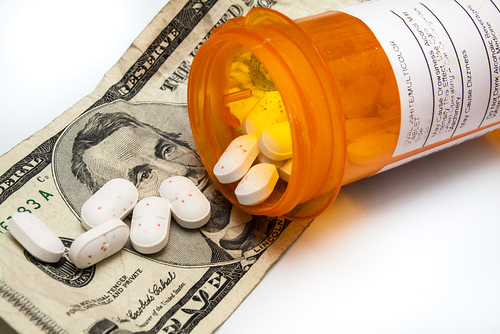It’s hard for policy wonks, politicians or health plans to be viewed credibly when promoting health care cost containment. Discussion quickly turns to “rationing,” and “death panels,” which no one wants to be associated with, and as a result the federal government has done almost everything possible to make sure cost effectiveness and overall costs are ignored in policy making.
It’s hard for policy wonks, politicians or health plans to be viewed credibly when promoting health care cost containment. Discussion quickly turns to “rationing,” and “death panels,” which no one wants to be associated with, and as a result the federal government has done almost everything possible to make sure cost effectiveness and overall costs are ignored in policy making.
Those closer to the action know better. In particular:
- Many costly treatments aren’t worth the money
- New treatments with tiny or no benefits often cost a multiple of existing therapies
- Despite their reputation for penny-pinching, health plans are often not aggressive in negotiating price
- Patients are already suffering mightily from high costs –and it impacts quality of life and survival as well as financial health
- Society as a whole can not afford to pay the high prices charged for so many of the new therapies
So it’s encouraging to see a perspective in the journal Blood endorsed by more than 100 experts. The piece, The Price of Drugs for Chronic Myeloid Leukemia (CML); A Reflection of the Unsustainable Prices of Cancer Drugs: From the Perspective of a Large Group of CML Experts, is very useful because it comes from people who know what they’re talking about and who have traditionally been sympathetic to drug makers and unperturbed about costs.
Here are some excerpts that are noteworthy for their candor and clarity:
“If drug price reflects value, then it should be proportional to the benefit to patients in objective measures, such as survival prolongation, degree of tumor shrinkage, or improved quality of life. For many tumors, drug prices do not reflect these endpoints, since most anti-cancer drugs provide minor survival benefits, if at all.”
…
“In the US, prices represent the extreme end of high prices, a reflection of a “free market economy” and the notion that “one cannot put a price on a human life”, as well as a failure of government and insurers to more actively negotiate pricing for anti-cancer and other pharmaceuticals, in contrast to practices in other parts of the world.”
…
“In Europe and many developed countries, universal health coverage shields patients from the direct economic anxieties of illness. Not so in the United States (US) where patients may pay an average of 20% of drug prices out-of-pocket(about $20-30,000 per year, a quarter to a third of an average household budget), and where medical illnesses and drug prices are the single most frequent cause of personal bankruptcies. High drug prices may be the single most common reason for poor compliance and drug discontinuation, and the reason behind different treatment & recommendations in different countries.”
image: pharma/shutterstock








